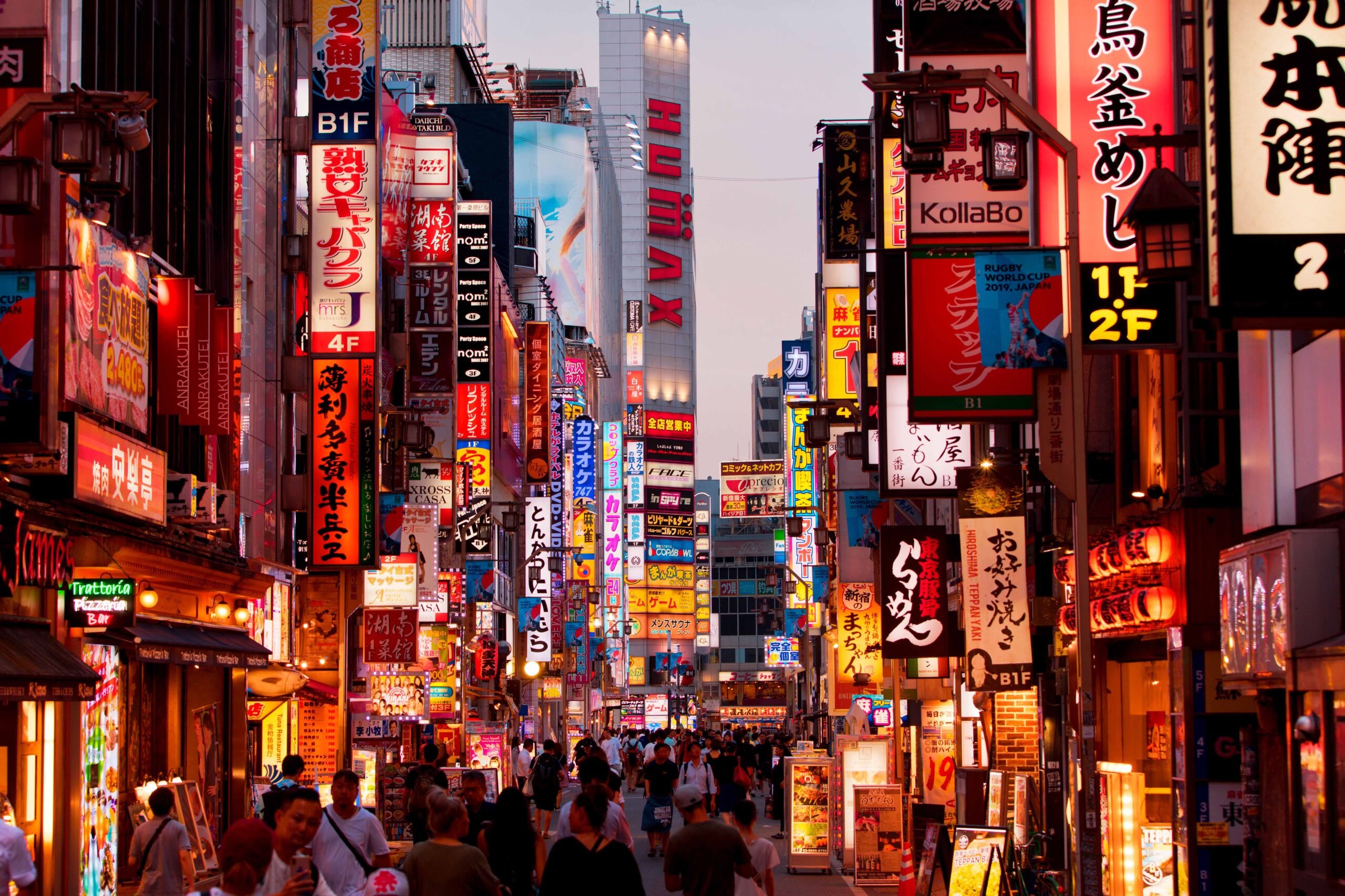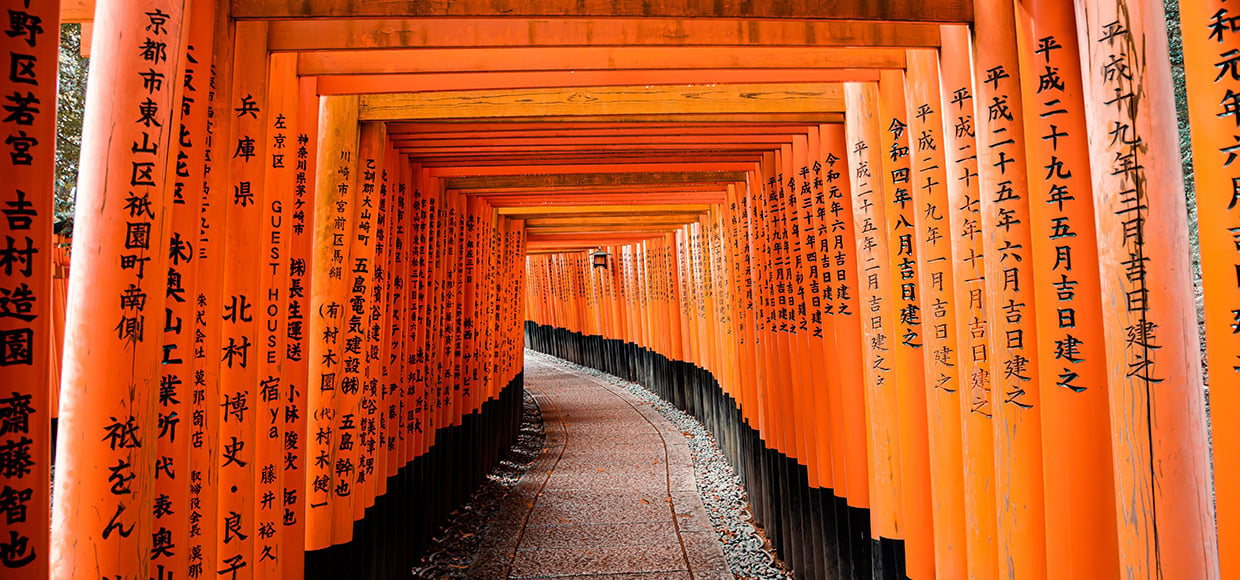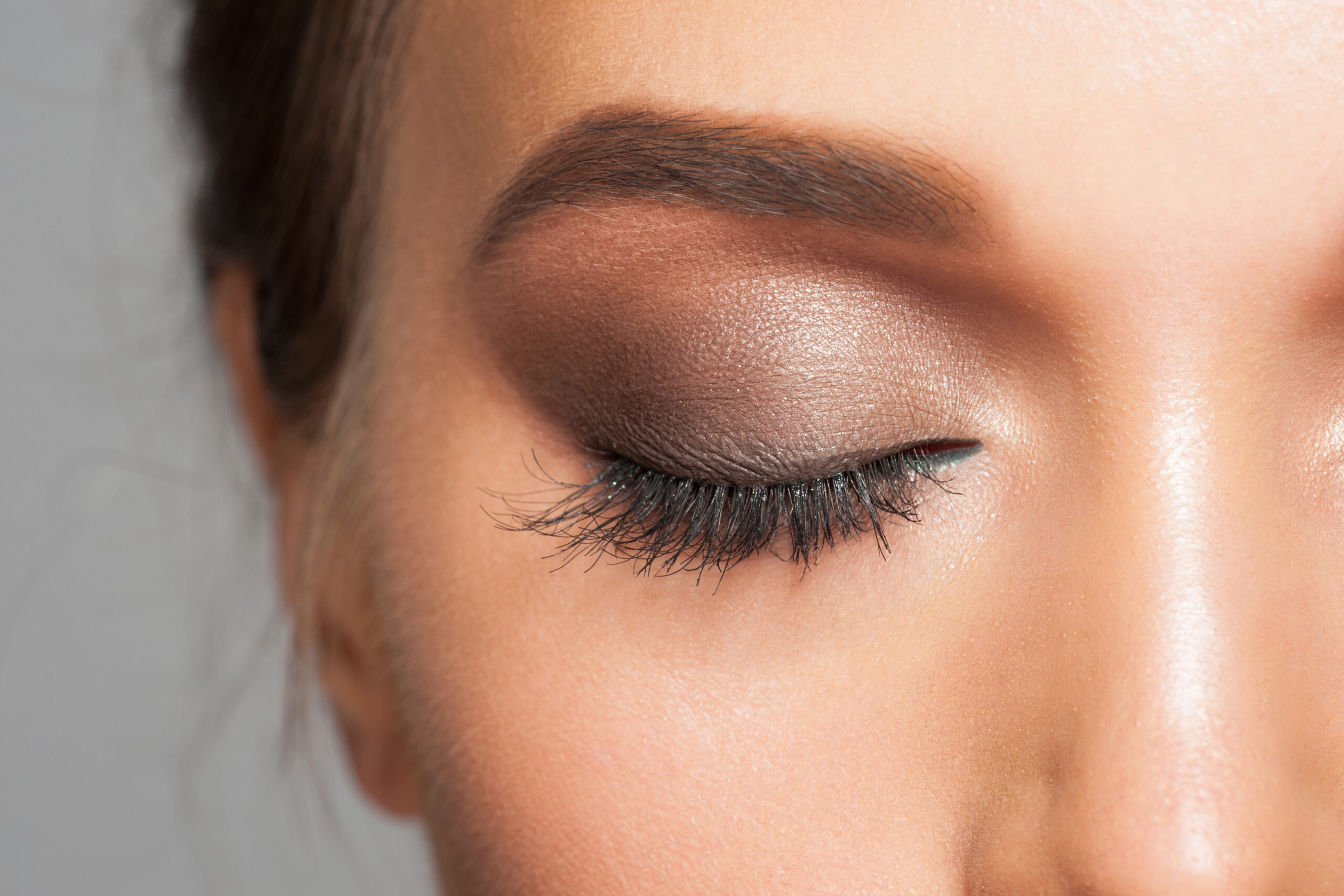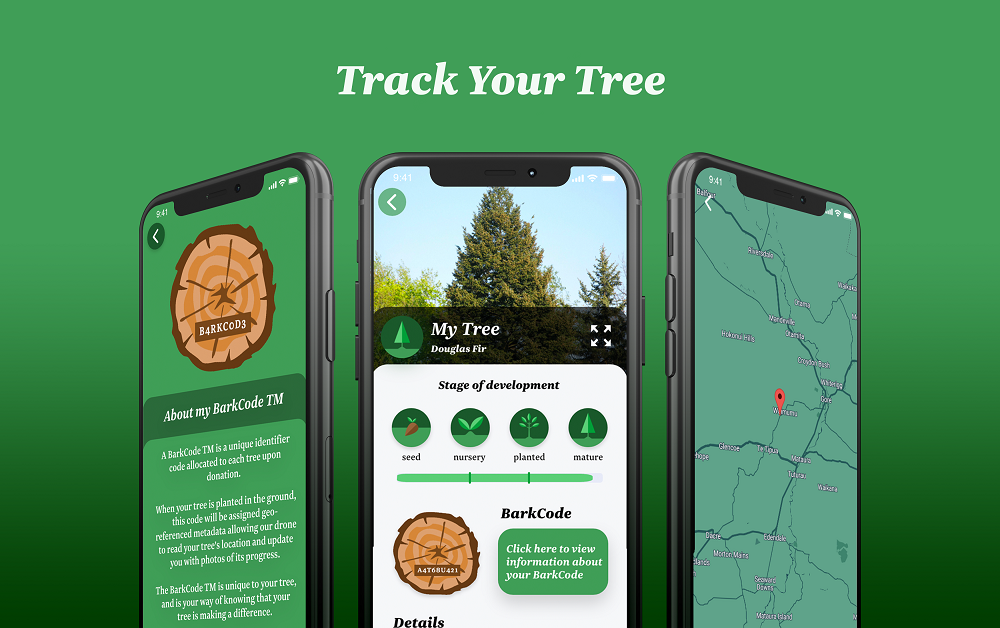Words: Sharon Stephenson
If you think 9366km is a long way to travel for noodles, you haven’t tried ramen from a narrow, nameless alleyway in Kyoto.
This simple mix of flour and water is one of Japan’s greatest culinary gifts to the world. And on an autumn day colder than it has any right to be, the slender, slippery noodles swimming in a velvety broth make the two flights and 2.5-hour train journey from my home in Wellington more than worth the effort.
It’s hard to put the words ‘bad food’ and ‘Japan’ into the same sentence: this nation knows and loves delicious cuisine. From sticky rice cakes and deceptively simple dumplings to deep-fried octopus balls that taste much better than they sound, Japan is where you go to treat the taste buds. Sure, the sometimes-impenetrable language barrier can make ordering food a little like Japanese roulette – you never know what you’ll get. But life is short, so why not roll with the fun of it?
Once your belly is full and you’ve ticked off the other squares on the Japanese holiday bingo card – sipping sake, singing karaoke and soaking in the warm waters of an onsen – it’s time to see what else this fascinating holiday destination has to offer.

Tokyo
Most Kiwis will arrive at Narita, the sprawling international airport 71km from Tokyo. The train journey into the capital will set the tone for the rest of your public transport experiences here – fast, efficient and with impeccably polite staff.
It will also give you two-and-a-bit hours to prepare for the sensory overload that is Tokyo: more than 14 million people squeezed into roughly 2194sqm, skyscrapers that pierce the clouds, and a rush of neon, traffic and supremely organised chaos.
Dive into the deep end with a visit to Shinjuku, a bustling, brightly lit neighbourhood home to Tokyo’s tallest buildings, as well as more shopping malls, bars and clubs than you probably can count. Check out Golden Gai, a fun but complex jumble of 200-plus tiny bars, some little more than holes in the wall, and most like you’re drinking in someone’s living room.

Not far away is Shibuya, where Tokyo’s youngsters like to eat and shop, and the famous Shibuya Crossing, the world’s busiest pedestrian crossing, used by about 2.4 million people daily (or a staggering 2500 pedestrians at every crossing).
All stylish roads lead to Harajuku, the district made famous by singer Gwen Stefani. This is ground zero for Tokyo’s distinctive kawaii (cute) fashion culture, cool kids and the kind of scenes that will make your Instagram feed happy. Don’t miss the Owl Café or, even better, the Hedgehog Café, where $20 will buy you a half-hour cuddle with a spiky critter.

When you need a break from humanity, pop into the serene Meiji Jingu Shrine behind Harajuku Station. Dedicated to Emperor Meiji, the first modern Emperor of Japan, this is the country’s most popular temple. If you’re lucky, you might spot a traditional Japanese wedding.
The Imperial Palace, home to the Emperor of Japan, is another slice of old Japan that should be on your Tokyo bucket list. But if historic palaces aren’t your thing, the park-like grounds might be.

Kyoto
You can’t come to Japan and not hop aboard a Shinkansen (bullet train). These sleekly efficient Japanese icons will whip you from Tokyo to the country’s former capital, Kyoto, in just over two hours (if the clouds are off bothering someplace else, you might get a glimpse of Mt Fuji 40 minutes into the journey).
Established in the seventh century, Kyoto is big on charm, history and options. Sliced in two by the Kamogawa (Kamo) River, this graceful city is an immersion into traditional Japanese culture, including Shinto shrines, Buddhist temples and geisha. With 17 UNESCO World Heritage sites, you’re spoiled for choice.
If you only visit one shrine, make it Fushimi Inari Taisha, which is recognisable from its striking crimson archways (called torii gates) that lead to the Shinto shrine. It’s dedicated to Inari, the god of rice, sake and prosperity, and make sure you venture beyond the gates to check out the network of forest trails that lead to the top of the sacred Mount Inari.

Kyoto boasts 1600-plus temples, so even if you visit one temple daily for four years, you still won’t make it to all of them. Obviously, you haven’t got four years, but one temple you should visit is Kinkaku-ji, or the Golden Pavilion as it’s called, thanks to the two top floors covered in gold leaf. It became a Zen temple in 1408, and despite being burned down a couple of times, it’s now one of Japan’s best-loved temples.
Turn off Google Maps when exploring Gion, the district beloved by traditional geisha, restaurants, tea houses and shops, because part of this area’s attraction is slowly wandering through the narrow lanes bordered by traditional wooden buildings on one side and the canal on the other. Sneak a peek at lantern-lit courtyards and, if you’re lucky, beautifully dressed geisha as they go about their graceful business.
Arashiyama Bamboo Grove, a dense bamboo forest half an hour’s drive west of the city, is a good place to escape the city crush. Wooden paths crisscross the swaying bamboo stalks that reach high into the sky, creating a green and restful canopy – one of the most photographed spots in Kyoto. Hot tip: visit at sunrise or sunset to avoid the tourist hoards.

Osaka
When a city’s motto is kuidaore (eat until you drop) and the locals are said to spend more on food than anything else, you know you won’t go hungry in Osaka.
A good place to start is the Dotonbori district, where numerous eateries line the main thoroughfare and the cobbled streets that spin off it. Kitashinchi, 10 minutes south of Osaka Station, is another popular dining precinct with endless places to fill your belly, including several Michelin-starred restaurants.
Make sure your culinary adventure includes okonomiyaki, an Osakan speciality consisting of a thick pancake topped with cabbage, meat, veggies and cheese, and mochi, glutinous rice cakes cooked in front of you on an open grill. Takoyaki – tiny balls of battered, deep-fried octopus with pickled ginger and spring onion – is another delicious regional favourite.

You’d expect a place with 1400 years of history to be a treasure trove of culture and traditions and Osaka doesn’t disappoint.
Even though much of Osaka was flattened during World War II, there are still intriguing glimpses of the past. Chief among them is the famous Osaka Castle, built by Samurai in 1583, which is now the city’s most prominent landmark. While you’re there, swing by the castle museum and stroll through the 160ha park, especially if it’s spring and the glorious sakura (ornamental cherry trees) are doing their thing.
You can’t go far in Japan without bumping into a Buddhist temple, and Osaka is no different. Hozenji Temple exemplifies what this country does so well – mixing the new with a slice of old Japan. Tucked discreetly into bustling Dotonbori, Hozenji Temple dates from 1637 and is a welcome respite from the urban setting. Don’t leave without splashing water on the large moss-covered statue – it’s said to bring good luck.
Japan isn’t short of Western-style hotels (at all ends of the budgetary scale). But why not immerse yourself in Japanese culture by staying at a ryokan (a traditional inn)? In Osaka, Kaneyoshi Ryokan on the banks of the Dotonbori River is a good bet. It features classic tatami flooring, roll-up beds and sliding doors. Each room has a private bathroom rather than shared facilities, often the norm with ryokans. It’s also conveniently located near the city centre.

Naoshima Island
Once upon a time, as the story goes, Naoshima was an anonymous island, one of 7000 in Japan. It was home to a few thousand people and even fewer tourists.
But in 1990, some bright spark authorised an art installation, which led to more art installations in the way these things often happen.
Fast-forward 30-plus years and this 14.22km2 island has now become a global centre of contemporary art, sculpture, museums and architecture.
One of the most recognisable and Instagrammable pieces is Yayoi Kusama’s enormous black and yellow spotted pumpkin sculpture. But Naoshima Island is also home to works by James Turrell, Tadao Ando and Claude Monet (the five artworks from Monet’s Water Lilies series are on display at the island’s Chichu Art Museum).
The only way to reach the island is by ferry, and once you’re there, a hired bike is the best way to get around.
Here, happiness isn’t just found in art – stunning coastal views and golden beaches also make this a worthy détour from the bigger centres.
Because, like so much in Japan, beauty lies in the unexpected, whether that’s a simple bowl of noodles or a priceless work of art.






